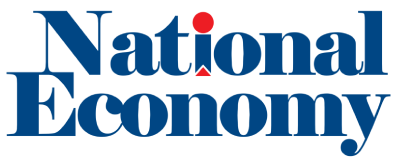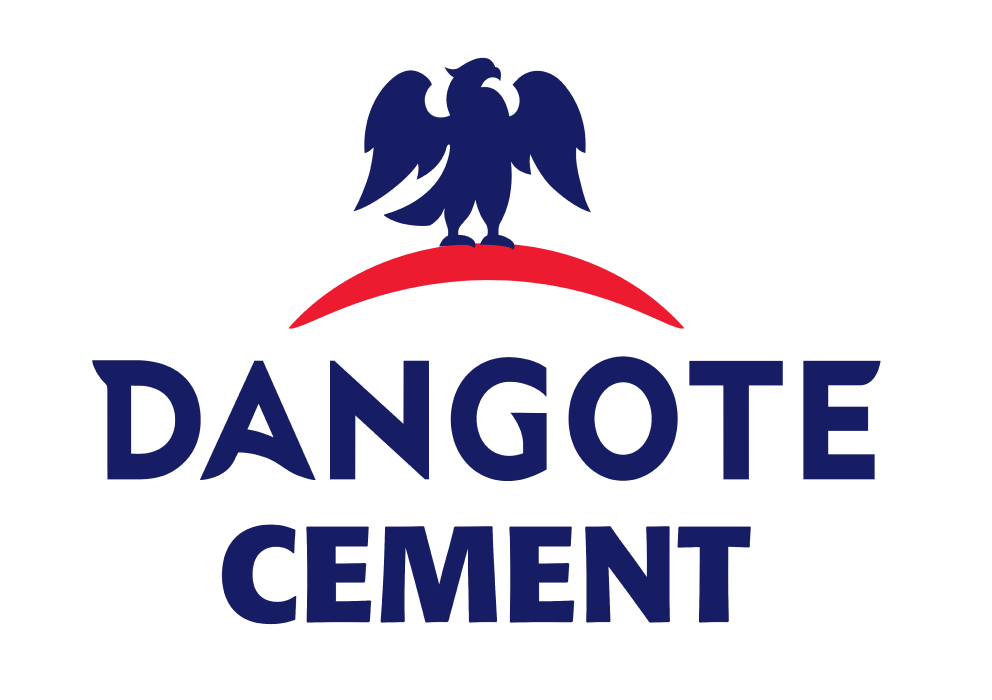After two years of volatile exchange rates, heavy FX losses, and rising finance costs, Nigerian corporates are staging a strong comeback. In 2025, the naira’s stability has slashed currency losses—some firms even posted gains—pushing profits higher. Yet beyond the profit lines, the real story is in operating cash flows, the fuel for expansion, debt repayment, and dividends.
Analysis of MTN Nigeria, Dangote Cement, Seplat Energy, Nestlé Nigeria, and BUA Cement shows combined operating cash flow hitting ₦2.92 trillion in H1 2025—140 per cent above last year’s level and 14 per cent higher than their entire 2024 figure. Net profit after tax reached ₦1.21 trillion, reversing a ₦403 billion loss in H1 2024.
MTN Nigeria generated ₦956 billion in operating cash flow, surpassing its ₦415 billion profit, aided by strong revenue growth, easing inflation, tariff hikes, and a naira rebound. This cut negative equity from ₦458 billion at 2024-end to ₦42.5 billion by mid-year. Analysts expect dividend payments to resume, with a cash flow yield of 9.8 per cent.
Dangote Cement’s cash flow doubled to ₦874 billion, supported by steady profits, reduced inventories, and freed-up liquidity. Net income rose to ₦521 billion, giving the firm scope for expansion, debt reduction, and consistent dividends.
Seplat Energy’s modest ₦42 billion profit masked a cash windfall of ₦755 billion, driven by strong pre-tax earnings and a massive depreciation and amortisation charge. CEO Roger Brown said the firm will cut debt by $100 million and sustain dividends. Despite a 4.55 per cent dividend yield, its 24 per cent cash flow yield signals deep reinvestment capacity.
Nestlé Nigeria swung from a ₦177 billion loss to a ₦50.6 billion profit, with operating cash flow rebounding from a ₦27.65 billion deficit to ₦187.6 billion, a 13 per cent yield, giving room for future payouts despite no current dividend.
BUA Cement posted ₦150 billion in cash flow, up from ₦62.6 billion, with profit surging 435 per cent to ₦215 billion pre-tax. However, cash generation lagged profit, hinting at higher working capital needs.
Across sectors, 2025’s real indicator of resilience is robust operational cash flow, which may attract investors through dividends, capital gains, or reinvestment-led growth. The second half will test the sustainability of these windfalls.





